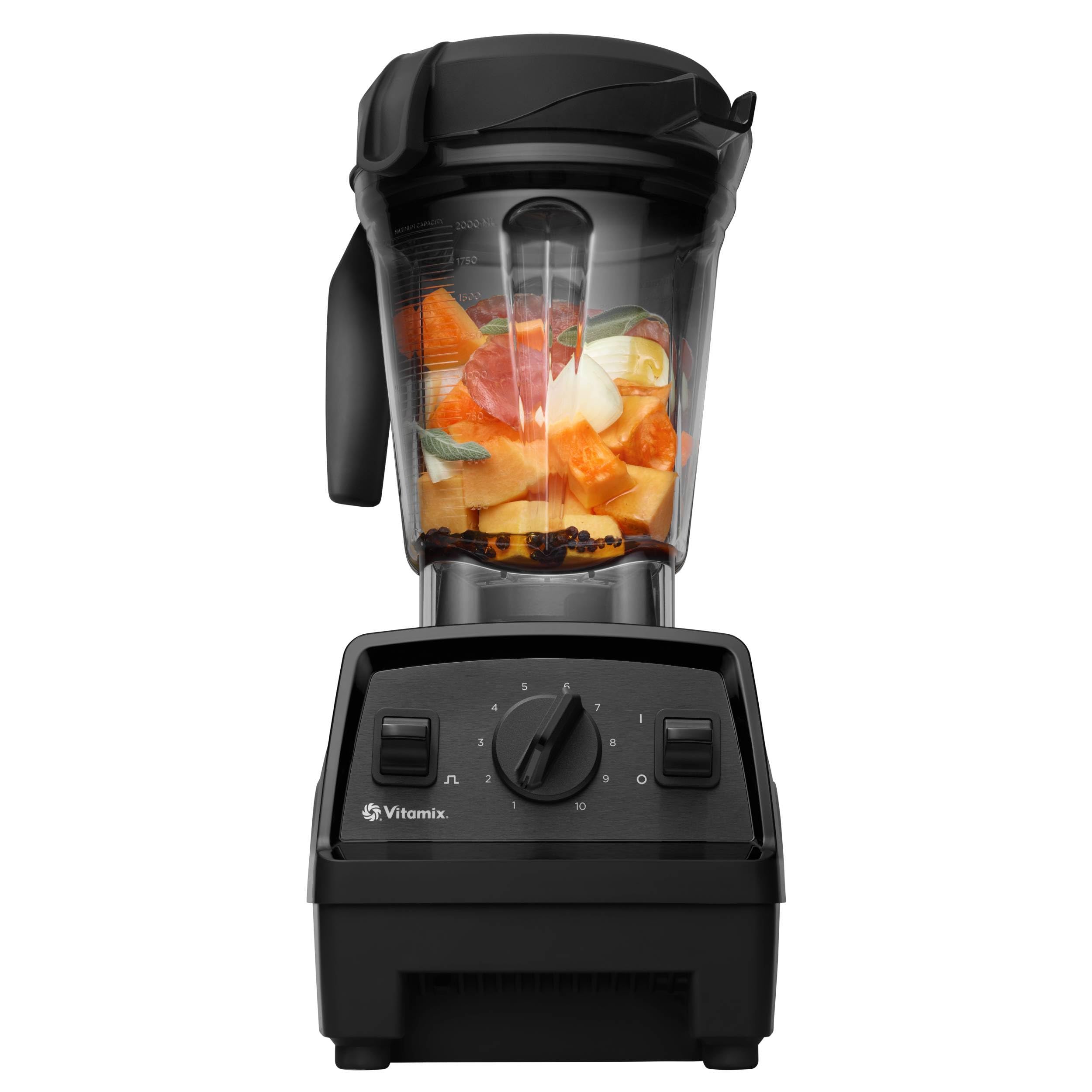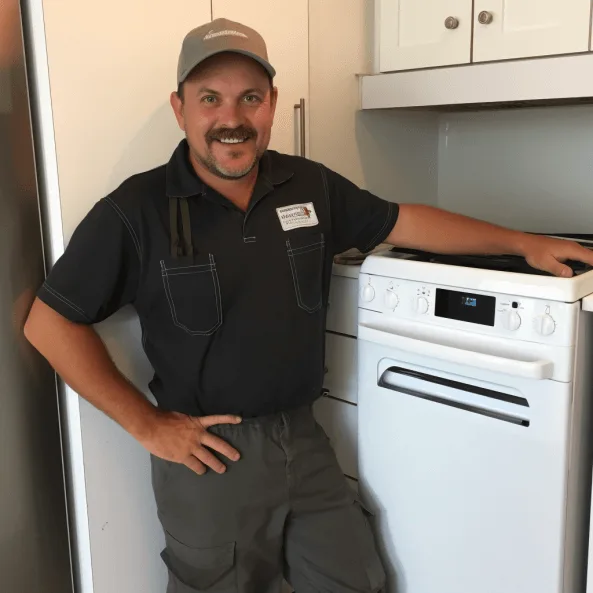Tired of sweltering in the summer heat? Ever wondered how much a new AC system would cost you? Picture this: your old unit wheezing its last breath on a scorching day. The good news? In this article, you’ll uncover the secrets to budgeting for a cool, comfortable home. Wondering what a new AC system might set you back? We’ve got you covered. Stay tuned to discover the key factors influencing the cost and how to make the most of your investment.
Factors Affecting the Cost of a New AC System
When considering the cost of a new AC system for your home, several factors can impact the final price. Understanding these factors can help you make informed decisions and budget effectively. Here are some key elements influencing the cost of a new AC system:
- Type of System: The type of AC system you choose, such as central air conditioning, ductless mini-split, or heat pump, will greatly affect the cost.
- Size of the System: The size of the AC system is crucial for efficiency. An undersized unit won’t cool your home effectively, while an oversized one can lead to energy waste and discomfort.
- Efficiency Rating: AC systems with higher SEER (Seasonal Energy Efficiency Ratio) ratings are more energy-efficient but may come at a higher initial cost.
| Important Data |
|---|
| Average Cost of a New AC System Installation: $5,000 – $7,000 |
| SEER Ratings: 14 – 22 for standard efficiency, 23+ for high efficiency |
- Installation Complexity: Factors like ductwork modification, electrical upgrades, and the layout of your home can impact the installation cost.
- Additional Features: Features like programmable thermostats, zoning systems, and air purifiers can add to the overall cost but may enhance comfort and energy efficiency.
By considering these factors and working with a reputable HVAC professional, you can determine the cost of a new AC system that best fits your needs and budget.





Types of AC Systems and Their Price Range
When it comes to choosing a new AC system for your home, consider the different types available and understand their price ranges. Here are some common types of AC systems and what you can expect in terms of cost:
- Central Air Conditioning: Ideal for cooling entire homes, central AC systems range in price from $5,000 to $7,000 for installation.
- Ductless Mini-Split Systems: Offering flexibility and zoning options, ductless systems may cost between $3,000 and $10,000 depending on the number of indoor units needed.
- Heat Pumps: Both cool and heat your home, with prices starting at $5,000 for installation.
- Window Units: Budget-friendly options, window AC units are typically priced between $150 to $500 each.
- Portable Air Conditioners: Offering mobility and easy installation, portable AC units range from $300 to $1,500.
Consider your specific needs, budget, and home size when selecting the right type of AC system for you. Consult with an HVAC professional to determine the most suitable option for your home’s cooling needs.
Additional Costs to Consider
When budgeting for a new AC system, it’s crucial to account for installation costs. Hiring a professional HVAC technician ensures proper setup and efficiency, typically ranging from $2,000 to $5,000. Remember, proper installation can impact the system’s performance and longevity.
Ductwork modifications are another factor to keep in mind. If your home’s ducts need changes or repairs to accommodate a new system, costs can vary widely based on the extent of the work required. Be prepared for potential expenses of $1,000 to $5,000 for ductwork alterations.
Permit fees might also be necessary, depending on your local regulations. These fees can range from $100 to $500 and ensure that your new AC system complies with safety and building codes. Check with your local authorities to confirm the permit requirements in your area.





Apart from these expenses, it’s advisable to consider maintenance costs for your AC system. Regular maintenance helps prolong the lifespan of your unit and prevents unexpected breakdowns. Budget for annual maintenance costs of around $100 to $300 per year to keep your AC running smoothly.
Additionally, energy efficiency upgrades could offer long-term savings on your utility bills. Investing in energy-efficient models or features, such as programmable thermostats or higher SEER ratings, can reduce your energy consumption and lower your monthly expenses. While these upgrades may entail higher upfront costs, the potential savings over time make them worth considering.
Before making a decision, factor in these additional costs to ensure you have a comprehensive understanding of the financial implications of installing a new AC system.
How to Budget for a New AC System
When planning for a new AC system, it’s vital to consider all costs involved. Here’s how you can effectively budget for this investment:
- Research Prices: Compare AC unit costs from different providers to get a sense of the average price range.
- Factor in Installation Expenses: Allocate funds for professional installation services, which typically range between $2,000 to $5,000.
- Ductwork Modifications: Prepare for potential expenses of $1,000 to $5,000 if your ductwork needs to be adjusted.
- Permit Fees: Keep in mind that permit costs can vary, ranging from $100 to $500.
- Maintenance: Budget for annual upkeep expenses, estimated at $100 to $300 per year.
- Energy Efficiency Upgrades: Consider investing in upgrades to enhance energy efficiency, leading to long-term savings on utility bills.
By accounting for these additional expenses, you can make informed decisions and ensure a smooth transition to a new AC system without encountering unexpected financial setbacks.





Tips for Maximizing Your AC System Investment
When investing in a new AC system, it’s essential to maximize your investment to ensure long-term efficiency and savings. Here are some practical tips to help you get the most out of your new cooling system:
- Regular Maintenance: Schedule annual maintenance with a professional HVAC technician to keep your AC system running smoothly and prevent costly repairs down the line.
- Upgrade to Energy-Efficient Models: Consider energy-efficient AC units that can help you save on energy costs in the long run. Look for units with a high Seasonal Energy Efficiency Ratio (SEER) rating to maximize efficiency.
- Invest in Smart Thermostats: Upgrade to a smart thermostat that allows you to control your home’s temperature remotely, adjust settings based on your schedule, and optimize energy usage.
- Proper Insulation: Ensure that your home is properly insulated to maximize the efficiency of your AC system. Good insulation can help maintain a consistent temperature in your home and reduce the workload on your cooling system.
- Ventilation: Keep your home well-ventilated to improve air circulation and ensure that your AC system can effectively cool every room. Proper ventilation also helps maintain indoor air quality.
By following these tips, you can optimize your investment in a new AC system, enjoy energy savings, and ensure the long-term efficiency of your cooling system.
Conclusion
You now have valuable insights on how to get the most out of your investment in a new AC system. Remember to prioritize regular maintenance, opt for energy-efficient models, consider smart thermostats, ensure proper insulation, and maintain good ventilation. By implementing these strategies, you can enjoy long-term efficiency, significant energy savings, and a comfortable indoor environment. Make informed decisions when choosing your AC system to reap the benefits for years to come.
Frequently Asked Questions
What are the key factors to consider to maximize the investment in a new AC system?
To maximize the investment in a new AC system, focus on regular maintenance, opt for energy-efficient models with high SEER ratings, utilize smart thermostats for remote control and energy optimization, improve insulation, and ensure good ventilation for enhanced air circulation.
Why is regular maintenance important for the efficiency of an AC system?
Regular maintenance is crucial for keeping an AC system running efficiently. It helps prevent breakdowns, identifies potential issues early, ensures optimal performance, extends the system’s lifespan, and maintains good indoor air quality.
How can a smart thermostat benefit the efficiency of an AC system?
A smart thermostat allows users to remotely control and program their AC system for energy savings and optimal performance. By adjusting temperatures based on occupancy patterns and preferences, a smart thermostat can enhance efficiency, reduce energy consumption, and save on utility bills.

Hi, I’m Charlie, and I cover all things laundry here at Appliance Mastery.
I’ve spent over eight years working on washing machines, dryers, and dishwashers. I also have a degree in mechanical engineering, which helps me understand how these appliances really work.
I try to make every guide clear and practical. If you’re stuck with a noisy dryer or a leaking washer, I’ll help you figure out what’s wrong and how to fix it.
